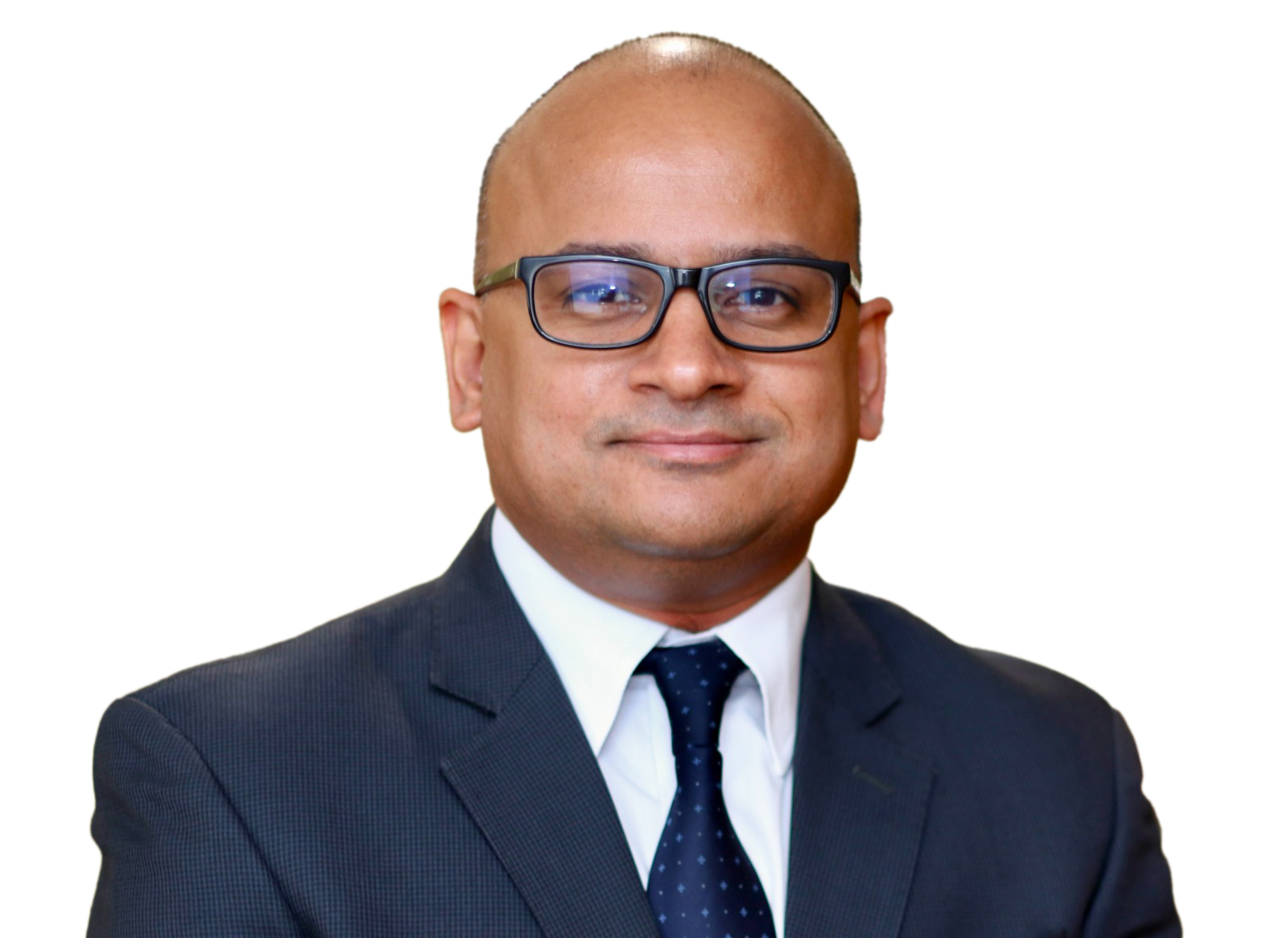In a recent development, the honourable Supreme Court (SC) has given a crucial ruling on the issue of Employees Pension Scheme. While the judgement has ruled out in favour of EPFO and Union Government, the ruling has allowed an opportunity to select category of employees, to opt for higher annuity over the next 4 months. Please find below a brief synopsis of the ruling along with key takeaways for your reference
- Background
- The Employees’ Pension Scheme, 1995 (EPS)
- The Employees’ Provident Funds and Miscellaneous Provisions Act, 1952 (EPF Act) originally did not provided for pension scheme
- With effect from November 16, 1995, the pension scheme was conceived by way of introduction of Section 6A to the EPF Act
- Under the said scheme, 8.33% of the employer’s contribution was required to be diverted to pension scheme . At that point of time, maximum pensionable salary was INR 5,000 per month which was later raised to INR 6,500
- Effective September 01, 2014, the pensionable salary was raised to INR 15,000 vide notification (amended EPS) dated August 22, 2014. Few other changes made in the pension scheme vide the said notification were
- If the employees’ monthly salary is less than or equal to INR 15,000, the employee is mandatorily required to become a member. For such employee, the contribution is required to be made on the employee’s monthly salary
- If an employees’ monthly salary exceeds INR 15,000,
- For an employee who is not an existing member, the employee will not be eligible for membership under the EPS. For such employee, the entire employer and employee share of contribution will be allocated to the Provident Fund Scheme
- For an employee who is an existing member, contribution is required to be made on INR 15,000 per month unless an option to contribute on a higher salary is exercised jointly by employer and employee
- Such joint exercise had to be done by February 28, 2015. PF officer may extend this time limit for a further period of six months
- Additional contribution will be required to be allocated to the EPS out of employee’s share of contribution to the Provident Fund Scheme. Such additional contribution will be at the rate of 1.16% of salary exceeding INR 15,000 per month
- Under the amended EPS, the limit for ‘pensionable salary’ basis which the monthly pension benefit is calculated has been capped to INR 15,000 (except for employees opting for higher contribution)
- Determination of pensionable salary shall be based on average monthly pay of sixty months (earlier this was twelve months)
- The Kerala High Court (HC) in its judgement dated October 12, 2018 set aside the aforementioned amendment. Subsequently, Delhi HC and Rajasthan HC followed the Kerala HC judgement. Besides this, 54 writ petitions were filed by the employees themselves seeking invalidation of the EPS amendment
- The SC ruling has come in response to appeals filed by EPFO and the Union Government thereby challenging the aforesaid judgements
- Key takeaways from the ruling
- SC has held that amendment to the EPS vide notification dated August 22, 2014 is legal and valid
- The requirement in the EPS for employees’ contribution to the extent of 1.16% for option members is ultra vires. However, this particular decision has been suspended for a period of six months, so as to enable the Government to bring suitable legislation in this regard. Till such time, the option members will be required to contribute additional 1.16% of salary as a stop gap measure
- In relation to the change in the computation of pensionable salary by considering the average monthly pay of sixty months, the SC has not found any illegality in effecting this amendment. This could be disadvantageous to the employees as in the pre amended EPS average of last 12 months were considered as pensionable salary thereby resulting in higher pension
- In relation to employees, who want to contribute towards higher pension, the summary impact is as follows
Case scenarios Employee category Exercise of joint option to contribute towards higher pension under pre – amended EPS Exercise of joint option to contribute towards higher pension under amended EPS within prescribed timeline SC ruling impact for contribution towards higher pension Continuing to be in service as on September 01,2014 Yes Yes No impact Yes No Positive impact. A four month’s time has been given for such employees and their employer to submit a joint declaration for higher pension contribution. No The said option was not available under the amended EPS. Employees retired prior to September 01, 2014 Yes N.A. Eligible for pension on actual salary No N.A. Not entitled to the benefit of SC ruling - Employees of the exempted establishment (companies having private PF trust) shall be treated at par with employees of unexempted establishment. This means that the employees of the exempted establishment shall be entitled to exercise the aforesaid option of submitting the joint declaration within four months. The PF trust would then have to remit the due contributions along with applicable interest by diverting the same from employee PF account. The timelines for such remittance is expected to be prescribed by EPFO
- The Employees’ Pension Scheme, 1995 (EPS)
Disclaimer
The information provided in this article is intended for general informational purposes only and should not be construed as legal advice. The content of this article is not intended to create and receipt of it does not constitute any relationship. Readers should not act upon this information without seeking professional legal counsel.


